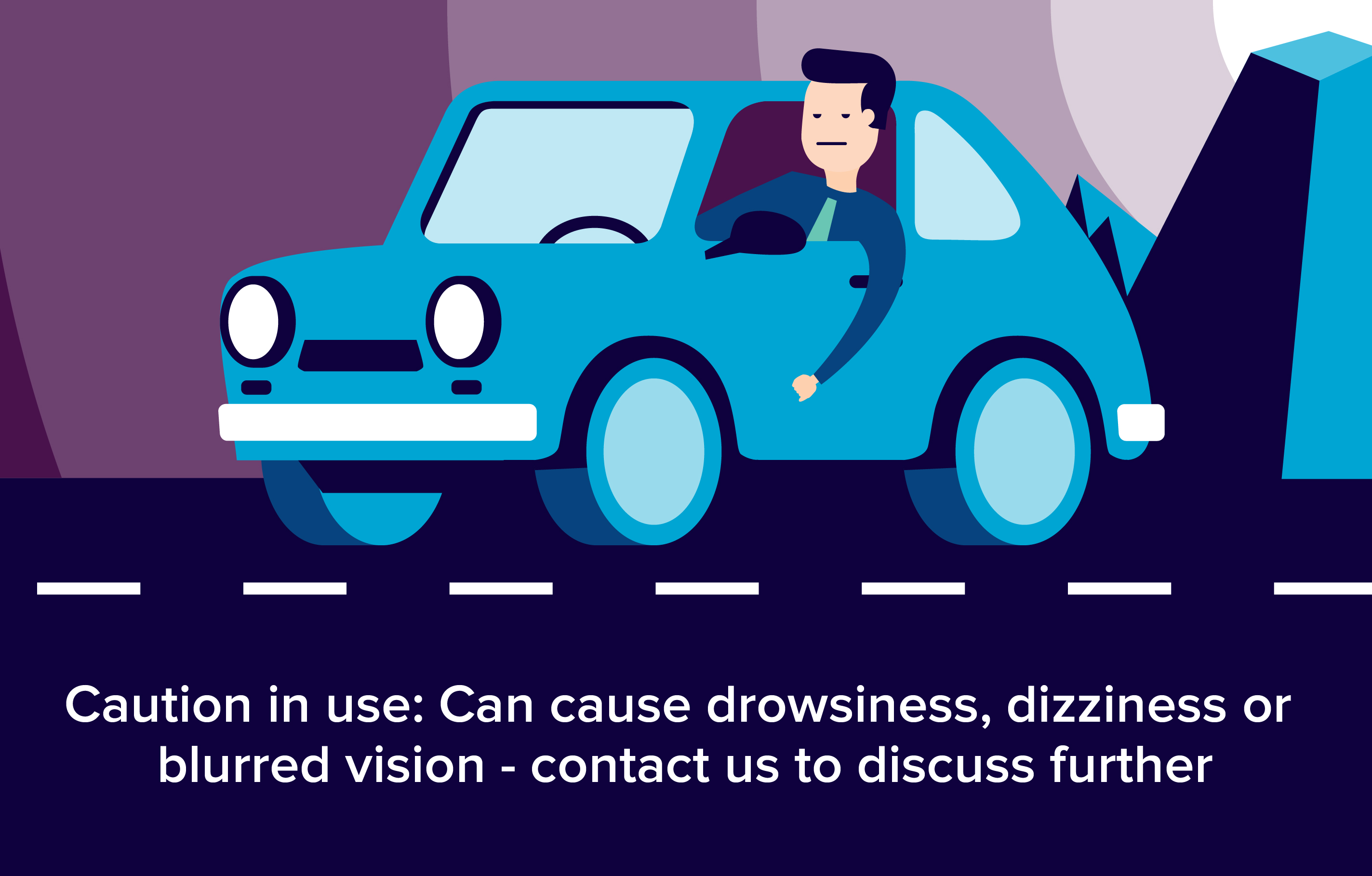These antibiotic eye treatments are for minor eye infections.

What are chloramphenicol eye drops and ointment used for?
- Treating superficial eye infections such as bacterial conjunctivitis, which is an eye infection caused by various types of bacteria. It causes irritated, red, gritty or itchy eyes and a sticky discharge that may stick the eyelids together or leave crusts on the eyelashes.
How do chloramphenicol eye drops and ointment work?
- These medicines both contain the active ingredient chloramphenicol, which is a type of medicine called an antibiotic. Antibiotics are used to treat infections caused by bacteria.
- Chloramphenicol is a broad-spectrum antibiotic, which means it is effective against infections caused by a wide variety of bacteria.
- Chloramphenicol works by preventing bacteria from producing proteins that are essential to them. Without these proteins the bacteria cannot grow, replicate and increase in numbers.
How do I use chloramphenicol eye drops and ointment?
- If you're just using the drops, put one drop into the infected eye every two hours for the first two days, then reduce down to one drop four times a day. You only need to use the drops during waking hours.
- If you're just using the ointment, a strip of ointment approximately 1cm in length should be applied to the inside of the eyelid three to four times a day.
- Chloramphenicol eye drops and eye ointment can also be used together to treat bacterial conjunctivitis. If you're using both products, use the drops during the day as described above, and apply the ointment just before going to bed.
- A course of treatment is usually needed for five days, unless otherwise instructed by your doctor.
- You should continue using the medicine for 48 hours after your symptoms have cleared up, however do not use for longer than five days without consulting your doctor.
- See your doctor if your symptoms haven't started to improve within two days of starting treatment, if your symptoms get worse at any point during treatment, or if you get another eye infection.
- Unless your doctor tells you otherwise, it's important that you finish the course of this antibiotic, even if it seems the infection has cleared up. Stopping the course early makes the infection more likely to come back and increases the risk that the bacteria will grow resistant to the antibiotic.
- When using the eye drops or ointment take care to not touch the dropper or tube tip to any surface, or to your eye, to avoid contaminating the medicine with germs.
- Chloramphenicol eye drops should be stored in a refrigerator at 2° to 8°C. Keep out of the reach of children. Chloramphenicol eye ointment does not need to be refrigerated.
What are the possible side effects of chloramphenicol eye drops and ointment?
The following are some of the side effects that are known to be associated with this medicine. Just because a side effect is stated here does not mean that all people using chloramphenicol eye drops or ointment will experience that or any side effect.
- Temporary burning or stinging sensations in the eyes.
- Allergic reactions, for example swelling, rashes or breathing difficulties. Stop using this medicine and consult your doctor if you think you have had an allergic reaction to it.
Can I use chloramphenicol eye drops or ointment with other medicines?
It's important to tell your doctor or pharmacist what medicines you are already using, including those bought without a prescription and herbal medicines, before using this medicine. Similarly, check with your pharmacist before using any new medicines alongside this one, to make sure that the combination is safe.
References:
http://www.netdoctor.co.uk/medicines/eyes/a7908/chloramphenicol-eye-drops/
https://www.medicines.org.uk/emc/medicine/22686
https://www.drugs.com/cons/chloromycetin-oral-intravenous-injection.html
https://en.wikipedia.org/wiki/Chloramphenicol


